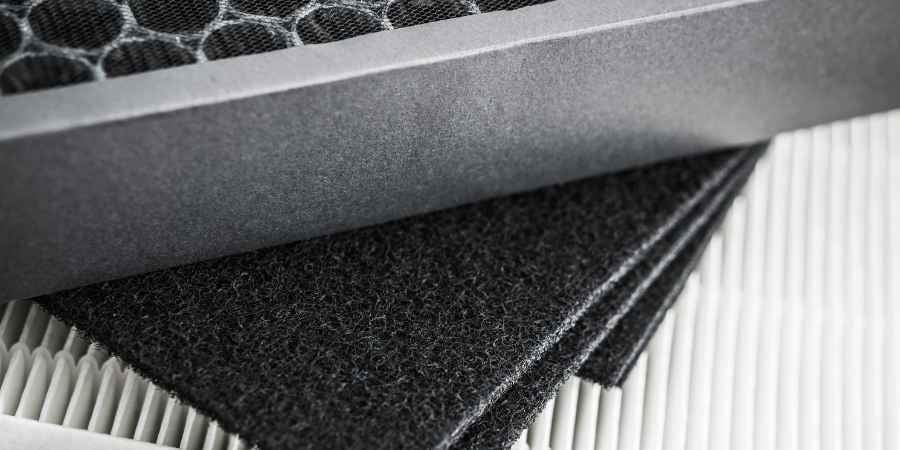
Dust is a guarantee no matter where you are. That is why you need an air filter to ensure you are breathing purified air. HEPA is a trending term when it comes to air cleaners – but what exactly does that mean? We want to unpack exactly what a HEPA filter is, the reasons to use one, and how to know which grade filter to use.
What is a HEPA Air Filter?
A HEPA filter stands for High-Efficiency Particulate Air and is widely used as a type of air filter. The system traps harmful particles like pollen, dust, and smoke by forcing air through a small mesh. This prevents the particles from entering back into the air we breathe, making it a popular choice in places that hold people with compromised immune systems. The United States requires HEPA filters to trap 99.97% of particles that are 0.3 micrometers in diameter.
What Guidelines are Available to Compare Air Cleaners?
When you are comparing air cleaners, it is important to keep your specific needs in mind. For example, an Ultra-Low Particulate Air (UPLA) filter has a higher filtration efficiency at 99.999% and is able to trap particles that are 0.12 micrometers in diameter. Though the UPLA’s percentage is higher, it is not always needed. These filters are only used in very specialized locations. UPLA filters also have a shorter lifespan, higher cost, and restricted airflow. On average, they cost 35% more than a HEPA filter. HEPA filters are more commonly used and are considered optimal for many sectors of the healthcare industry. They are even recommended by the CDC while UPLA filters are not.
What are the Different Types of HEPA Filters?
Though it may seem like there are different kinds of HEPA filters, this is simply untrue. There has been a surge of falsely advertised “HEPA” filters in recent years. Medical grade HEPA filters undergo testing to ensure they will capture the promised percentage of particles that are 0.3 micrometers in diameter. If it passes, a label will be placed on the outside of the filter. These tests utilize chemical aerosols to see if the filter’s capabilities are meeting the standard or not. If a filter is marketed as “HEPA-like,” “HEPA-type,” “HEPA-style” or “99% HEPA” then you will know it is not the real deal. Aerosol testing is also used to determine if the air filter is still running smoothly and does not need to be replaced.
However, there are different grades of HEPA filters. Anything above an H10 is considered a true HEPA filter. Medical grade HEPA filters are H13 and H14. These trap 99.95% and 99.995% of the 0.3-micrometer particles.
Will Air Cleaners Reduce Health Risks?
Dust can cause respiratory problems and irritate your eyes, throat, and skin. These particles in the air can be inhaled into the lungs and can even cause severe medical conditions like cancer or decreased lung function. Health risks such as premature death in people with heart or lung disease, nonfatal heart attacks, irregular heartbeat, aggravated asthma, and respiratory symptoms have all been linked to contaminated air. Air cleaners can target these particles and reduce the health risks associated with them.
Where Do I Use One?
Anywhere you don’t want allergens and diseases spreading! High-risk facilities are the most important place to provide clean airflow. Hospitals, nursing homes, correctional facilities, hotels, and dormitories see a constant ebb and flow of new people. Managing and purifying the air they breathe is crucial to keeping everyone healthy.
What Filter is Right For Me?
Choosing an air filtration system can be difficult. Determining what grade of HEPA filter you need is even tougher. Don't let your air quality be poor this cold and flu season and learn more about which HEPA filter is right for you, check out The Ultimate Guide to Indoor Air Quality in High-Risk Environments.
